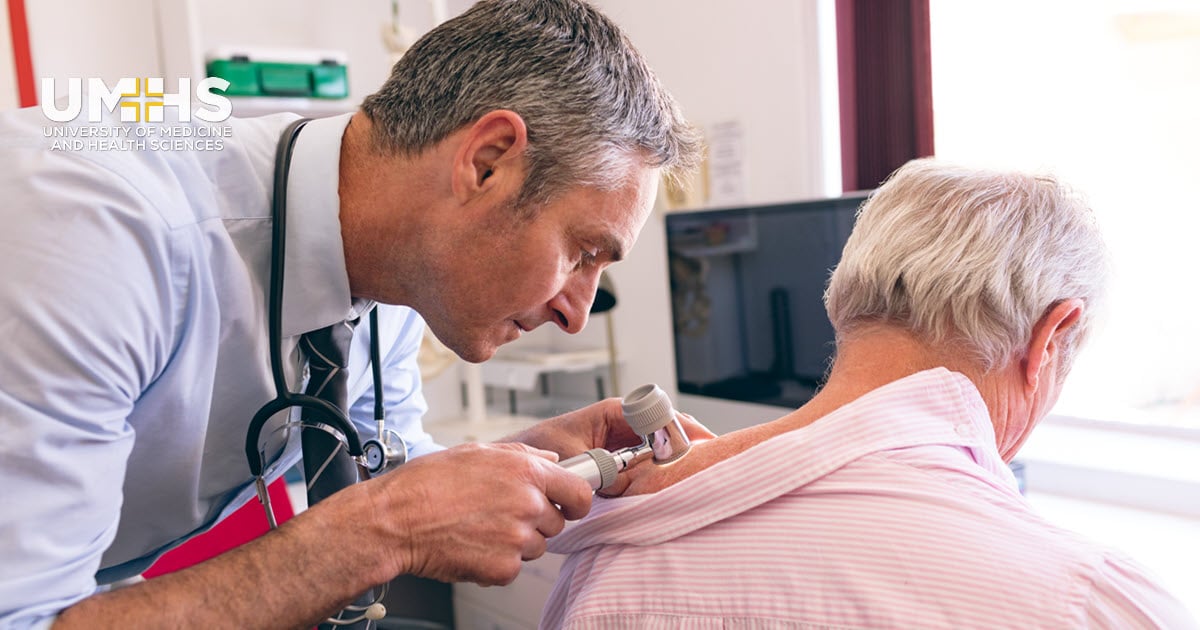Give your skin a fresh start with a professional chemical peel.
Give your skin a fresh start with a professional chemical peel.
Blog Article
Browsing Skin Cancer Cells Treatment: The Important Duty of Mohs in Modern Dermatology Practices
Skin cancer, a complicated medical diagnosis, commonly leaves clients grappling with countless therapy choices. As we explore the intricacies of this procedure, one will certainly appreciate its pivotal duty in skin cancer treatment.
Recognizing Skin Cancer Cells: Kinds and Dangers
Skin cancer cells, a potentially life-threatening ailment, is even more prevalent than many individuals realize. This illness, triggered by the uncontrolled growth of irregular skin cells, largely results from DNA damage because of direct exposure to the sunlight and ultraviolet (UV) light. There are 3 main types of skin cancer: Basal cell cancer, Squamous cell cancer, and Melanoma. While the former two are much less lethal and comprise most of diagnosed instances, melanoma is the most harmful. It represents just concerning 1% of skin cancer cells instances yet causes the vast majority of skin cancer deaths - dermatologist. Risk elements include fair skin, history of sunburn, extreme sun exposure, living at high altitudes or near to the equator, having numerous moles, a household history of skin cancer, and compromised body immune system.
What Is Mohs Surgical procedure and Just How It's Changing Skin Cancer Cells Therapy
Despite the numerous therapies presently available for skin cancer, Mohs surgical procedure attracts attention as a groundbreaking and extremely efficient remedy. Named after Frederic E. Mohs, the doctor who developed the procedure, Mohs surgical treatment is an exact surgical strategy made use of to treat skin cancer cells. Throughout the treatment, slim layers of cancer-containing skin are gradually removed and taken a look at till only cancer-free cells remains. This technique allows the specialist to validate that all cancer cells have been gotten rid of at the time of surgery. This level of accuracy, incorporated with the ability to save as much healthy and balanced tissue as possible, is changing skin cancer therapy. Therefore, Mohs surgical treatment has actually come to be a cornerstone of contemporary dermatology techniques.
The Advantages of Mohs Surgery Over Conventional Skin Cancer Cells Treatments
Structure on the ingenious nature of Mohs surgical treatment, investigate this site it's important to consider its various advantages over conventional skin cancer therapies. Unlike guidelines, Mohs supplies a greater treatment price, commonly getting to 99% for newbie therapies and 94% for frequent cancers cells. This precision is because of its distinct method of gradually removing and analyzing tissue layers until just cancer-free cells stay (mohs surgery). Furthermore, it reduces damage to healthy and balanced skin, causing less scarring and improved aesthetic results. Mohs also gives instant results, eliminating the anxiety-ridden delay typical with other approaches. Last but not least, it's cost-efficient, as the surgical treatment and microscopic exam occur concurrently, removing the requirement for additional research laboratory services. Thus, Mohs stands for a considerable innovation in dermatological techniques.
The Procedure of Mohs Surgical Treatment: What to Anticipate Throughout the Process

Prospective Side Results and Post-Operative Care of Mohs Surgical Procedure
Going through Mohs surgical procedure, like any type of various other procedure, entails prospective negative effects that clients need to know. Typical adverse effects include pain, wounding, and swelling at the surgical treatment website. These are normally temporary and workable with over the counter discomfort medication and ice packs. In rare situations, people may experience infection, bleeding, or an allergic response to the neighborhood anesthetic. Post-operative care is important to recovery and minimizing adverse effects. This usually entails maintaining the injury tidy and dry, taking prescribed medicines, and preventing arduous tasks. Patients ought to likewise go to all follow-up consultations for injury treatment and surveillance. Sometimes, additional treatments might be needed to make certain full removal of the cancerous cells. Complying with these post-operative care guidelines can significantly improve healing and results.
Verdict

Report this page